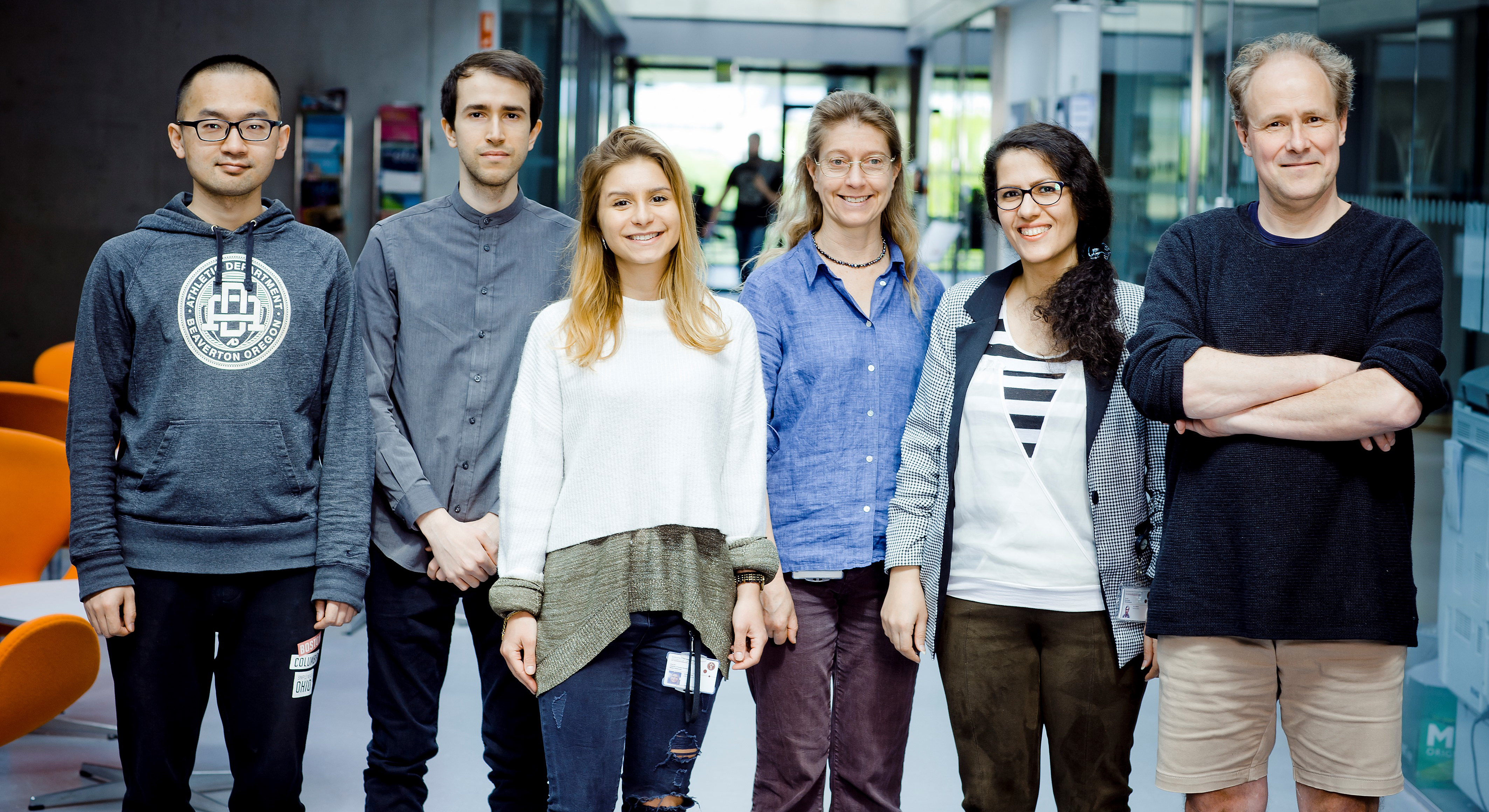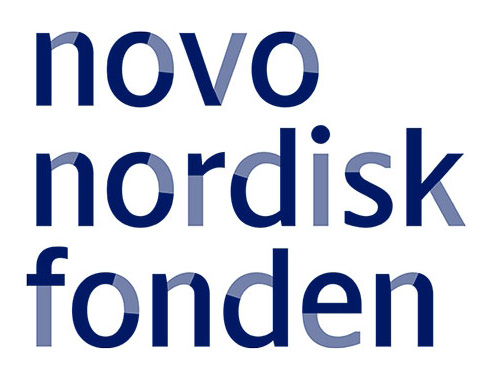Frödin Group
We study how protein kinase cascades activated by extracellular signaling molecules regulate normal cell behaviour and how their dysregulation may cause cancer and other diseases.
We use functional genetics to unravel the genes, mutations and mechanisms that cause human cancer and to identify novel anti-cancer drug targets. Our research takes outset in the myriad of genes found mutated by cancer genome sequencing. We develop genetic cell and mouse models harboring the patient mutations in order to test the genes as bona fide novel oncogenes or tumor suppressors. We use our genetic models to elucidate new cancer mechanisms and test drivers as drug targets.
- We determined the mutant DNAJB1-PKA fusion gene as the genetic cause and prime candidate therapeutic target in fibrolamellar hepatocellular carcinoma (Engelholm et al 2017 Gastroenterology).
- We developed genome editing methods for nuclease-2A-GFP/FACS and ssODN/oligo knockin with ZFNs, TALENs and CRISPRs, now adopted world-wide by the life science community (Chen et al 2011 Nature Methods; Duda et al 2014 Nucleic Acids Research). Our achievements were acknowledged by the invitation to author methods papers (Lonowski et al 2017 Nature Protocols) and reviews in the field (Bennett et al 2020, Nucleic Acids Research)
- We discovered RSK as key mediator of RAS to induce epithelial-mesenchymal transition (EMT) in epithelial and carcinoma cells and showed the relevance for metastasis (Doehn et al 2009 Molecular Cell).
- We uncovered the common molecular mechanisms, whereby growth factors activate >25 human kinases, including RSK, MSK, AKT/PKB and PKC (Frodin et al 2000 EMBO J; Frodin et al 2002, EMBO J; Hauge…Frodin 2007 EMBO J).
Novel technologies for CRISPR-Cas9 knockin modeling of human cancer mutations. Generation of somatically CRISPR-Cas9 edited mice for identification of novel drivers of liver cancer. RSK protein kinases in liver cancer and liver fibrosis.
We use classical mouse engineering, but our main approach for functional genetics studies is the groundbreaking CRISPR-Cas9 genome editing technology. We engineer cell lines, primary cells/organoids as well as adult mice using CRISPR-Cas9 such as to exactly re-create patient mutations for precise modeling of cancer. We invest significant efforts to further advance CRISPR-Cas9 techniques and our lab have developed some of the most widely used methods in the field. In addition, we use standard cellular, molecular, biochemical and mouse histology techniques as well as mRNA and exome/genome sequencing technologies.





